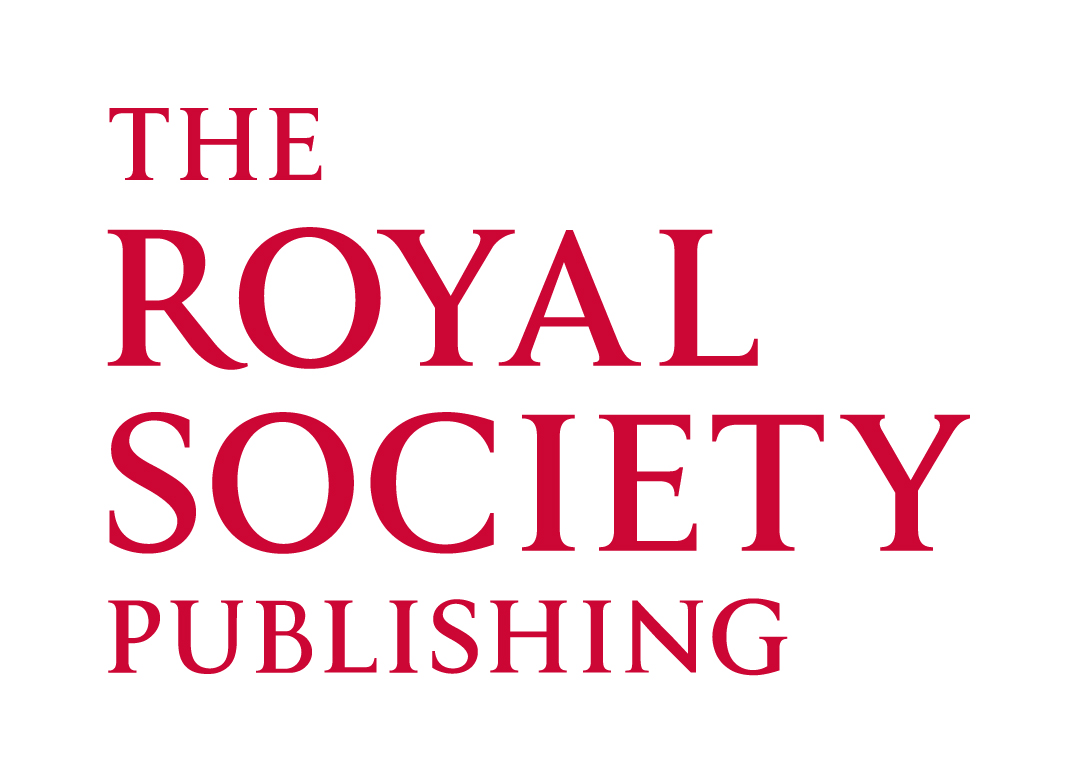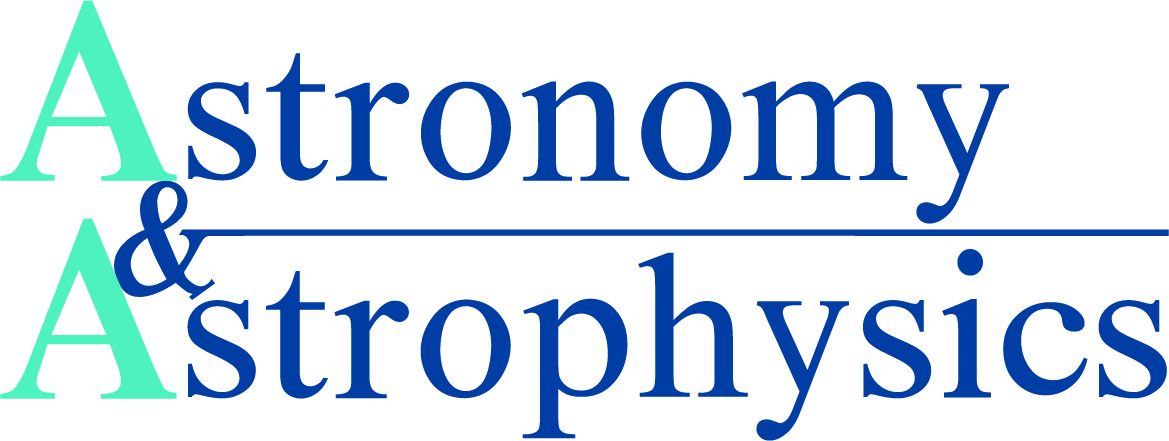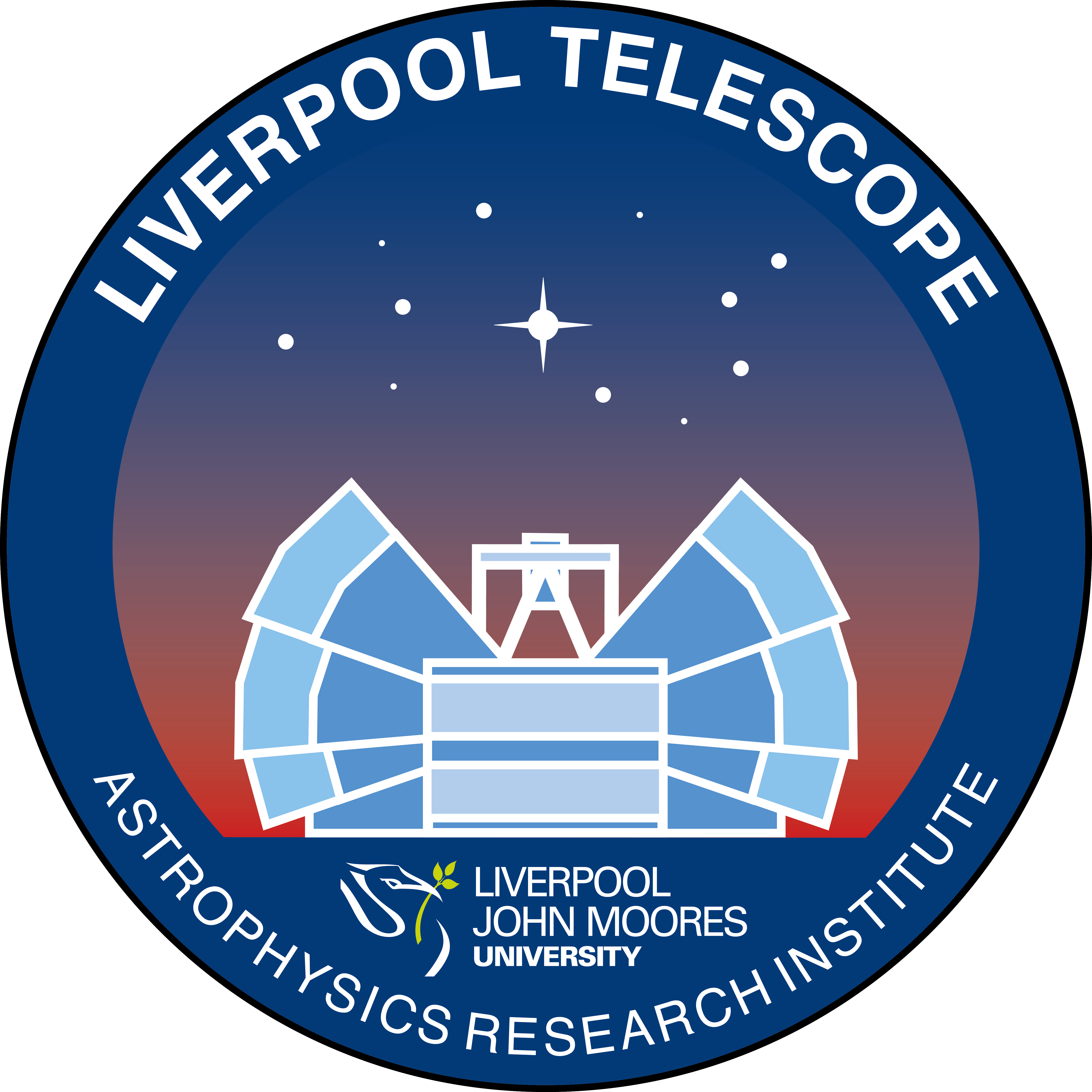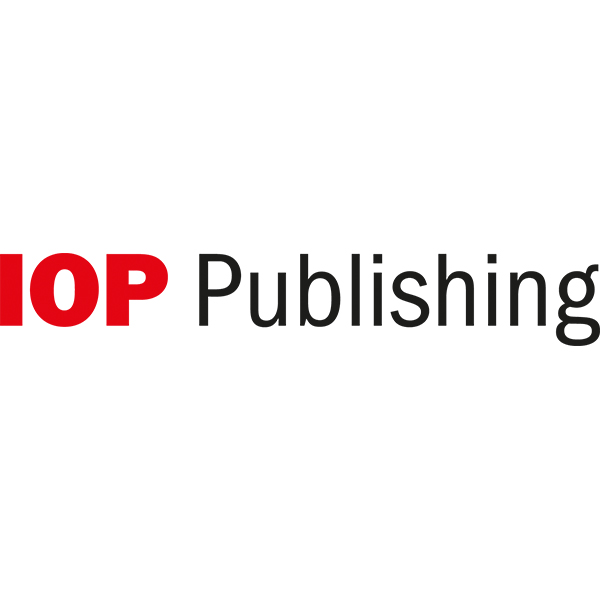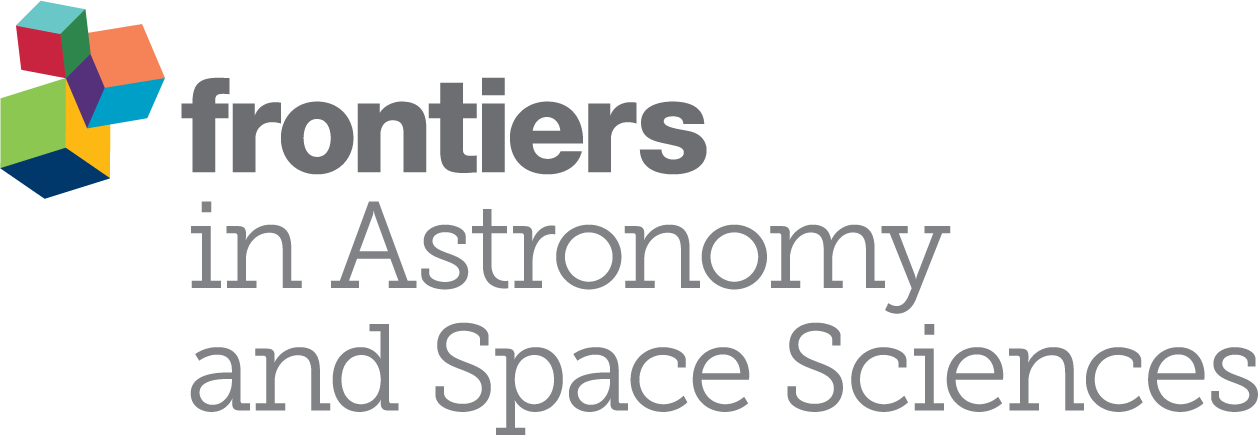Special Session SS22
3 April 2018
Open problems in modelling chemical element transport in stars
Aims and scope
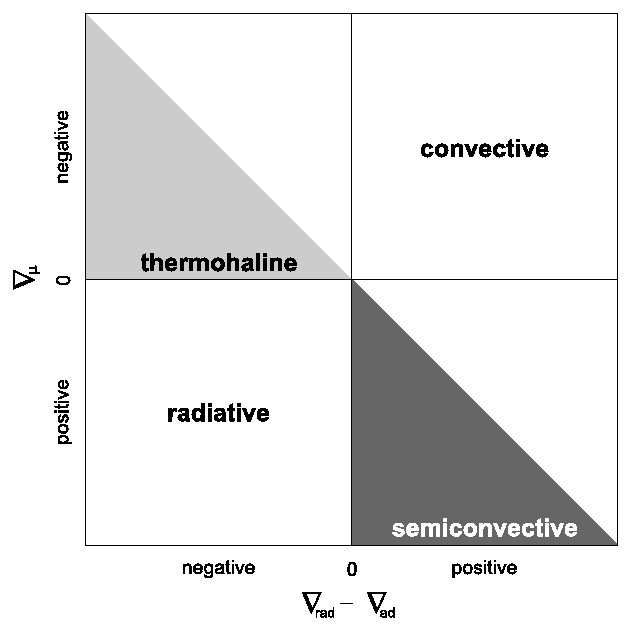 Stellar evolution computations provide the foundation of several methods applied to study the evolutionary properties of stars and stellar populations, both Galactic and extragalactic.
The accuracy of results gathered from stellar population analyses is tied to the accuracy of the current generation of stellar models; in this respect one particularly thorny issue is how to treat the transport of chemical elements in stellar evolution calculations. The problem is that mixing and element transport do not arise from the solution of the equations of stellar structure and evolution, instead they have to be added following recipes that often involve a number of free parameters and/or are subject to sizable uncertainties.
Stellar evolution computations provide the foundation of several methods applied to study the evolutionary properties of stars and stellar populations, both Galactic and extragalactic.
The accuracy of results gathered from stellar population analyses is tied to the accuracy of the current generation of stellar models; in this respect one particularly thorny issue is how to treat the transport of chemical elements in stellar evolution calculations. The problem is that mixing and element transport do not arise from the solution of the equations of stellar structure and evolution, instead they have to be added following recipes that often involve a number of free parameters and/or are subject to sizable uncertainties.
On the other hand, the temporal evolution of the chemical abundance profiles within stellar models is a main evolutionary driver, and can be in principle tested through spectroscopic observations of photospheric abundances of key elements, asteroseismic observations, and more indirectly through the effect on star counts (sensitive to evolutionary timescales) and evolutionary paths in colour-magnitude-diagrams, that are all affected by the internal chemical profiles.
We aim at gathering stellar evolution modellers, spectroscopists, asteroseismologists, hydrodynamicists, to discuss current problems, latest constraints coming from asteroseismology, spectroscopy and radiation hydrodynamics simulations, and ways to
improve the treatment of chemical element transport in stellar evolution modelling.
Programme
- Treatment of chemical element transport in the current generation of stellar models
- Constraints from hydro-simulations
- Challenges/constraints from asteroseismology and spectroscopy
Invited speakers
- Conny Aerts (KU Leuven, B)
- Santi Cassisi (INAF - Osservatorio Astronomico d'Abruzzo, I)
- Vincent Prat (CEA Saclay, F)
Scientific organisers
Maurizio Salaris (Astrophysics Research Institute, Liverpool John Moores University)
Andrea Miglio (School of Physics and Astronomy, University of Birmingham)
Contact
Maurizio Salaris (M.Salaris @ ljmu.ac.uk)
Updated on Mon Oct 30 14:25:32 CET 2017
|
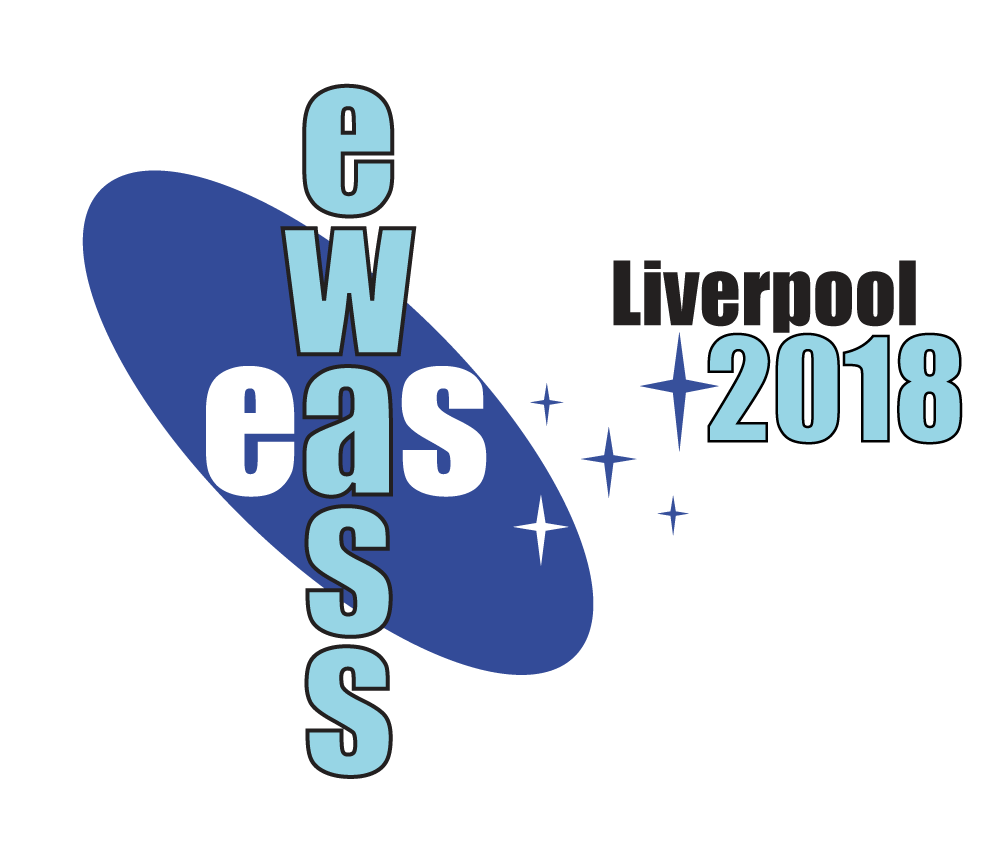
 A power cut will shut down all EAS services on Tuesday, 10 January 2017 starting at 7:30 CET.
A power cut will shut down all EAS services on Tuesday, 10 January 2017 starting at 7:30 CET.











